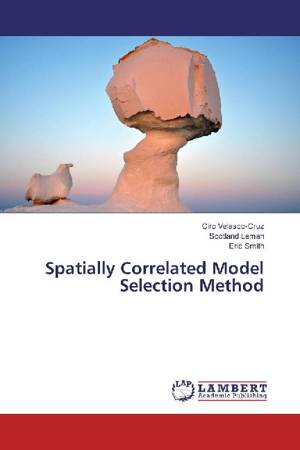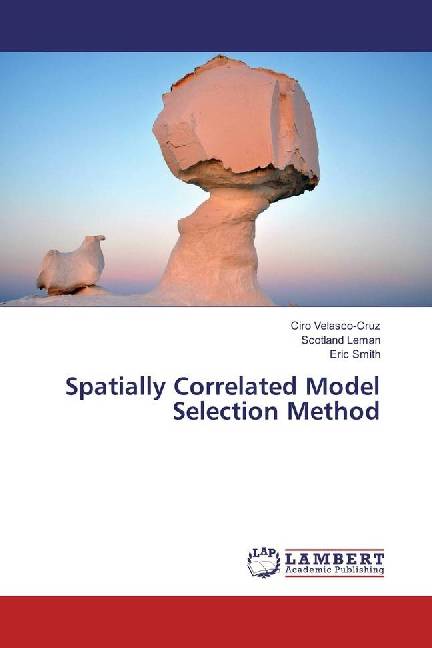
- Afhalen na 1 uur in een winkel met voorraad
- Gratis thuislevering in België vanaf € 30
- Ruim aanbod met 7 miljoen producten
- Afhalen na 1 uur in een winkel met voorraad
- Gratis thuislevering in België vanaf € 30
- Ruim aanbod met 7 miljoen producten
Zoeken
Spatially Correlated Model Selection Method
Ciro Velasco-Cruz, Scotland Leman, Eric Smith
Paperback | Engels
€ 49,45
+ 98 punten
Omschrijving
A variable selection method for spatial data is presented. It is assumed that the spatial process is non-stationary as a whole but is piece-wise stationary. The pieces where the spatial process is stationary are called regions. The variable selection approach accounts for two sources of correlation: (1) the spatial correlation of the data within the regions, and (2) the correlation of adjacent regions. The variable selection is carried out by including indicator variables that characterize the significance of the regression coefficients. The Ising distribution as prior for the vector of indicator variables, models the dependence of adjacent regions. We present a case study on brook trout data where the response of interest is the pres- ence/absence of the fish at sites in the eastern United States. We find that the method outperforms the case of the probit regression where the spatial field is assumed stationary and isotropic. Additionally, the method outperformed the case where multiple regions are assumed independent of their neighbors.
Specificaties
Betrokkenen
- Auteur(s):
- Uitgeverij:
Inhoud
- Aantal bladzijden:
- 124
- Taal:
- Engels
Eigenschappen
- Productcode (EAN):
- 9783330344495
- Uitvoering:
- Paperback
- Afmetingen:
- 150 mm x 220 mm

Alleen bij Standaard Boekhandel
+ 98 punten op je klantenkaart van Standaard Boekhandel
Beoordelingen
We publiceren alleen reviews die voldoen aan de voorwaarden voor reviews. Bekijk onze voorwaarden voor reviews.











